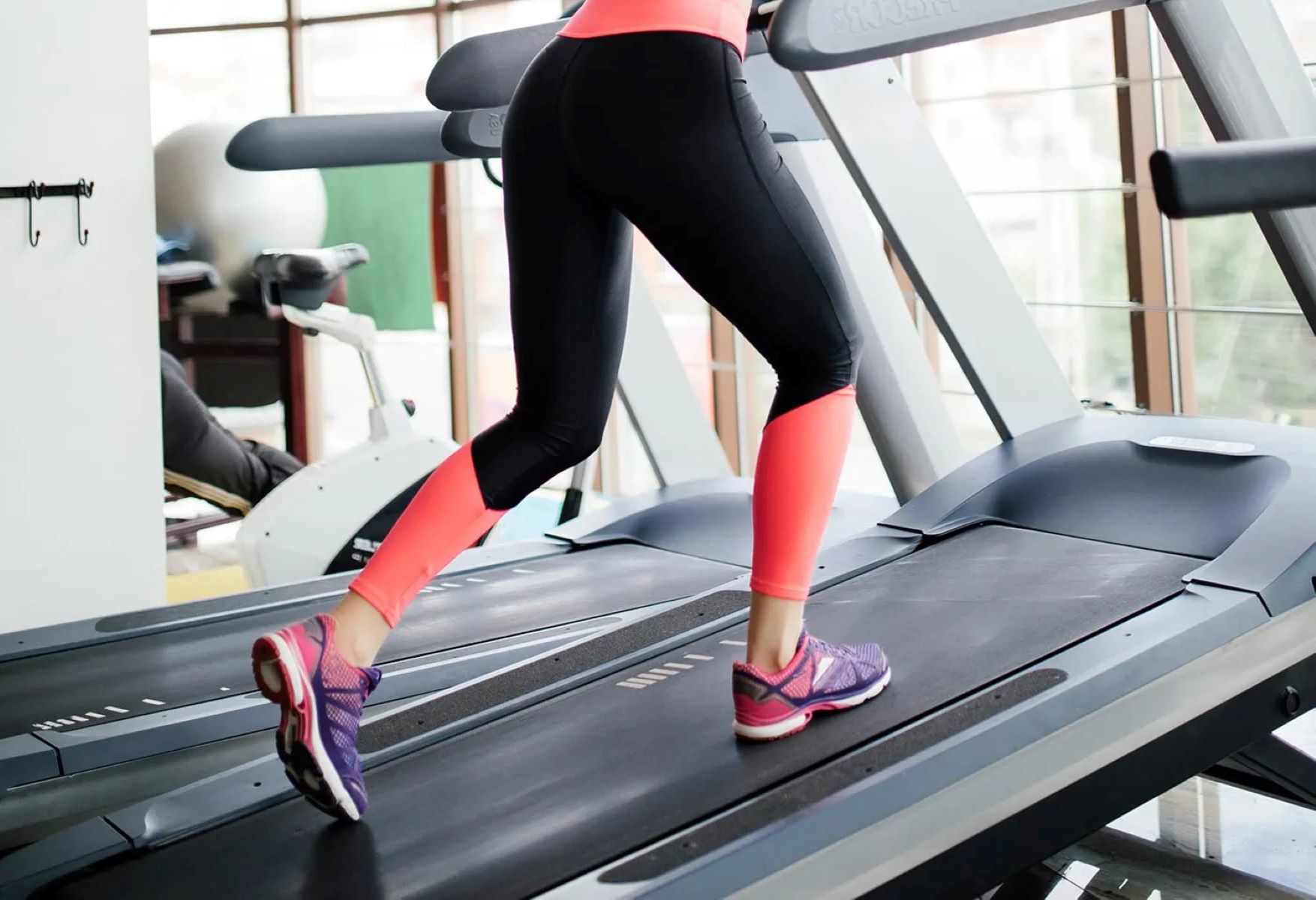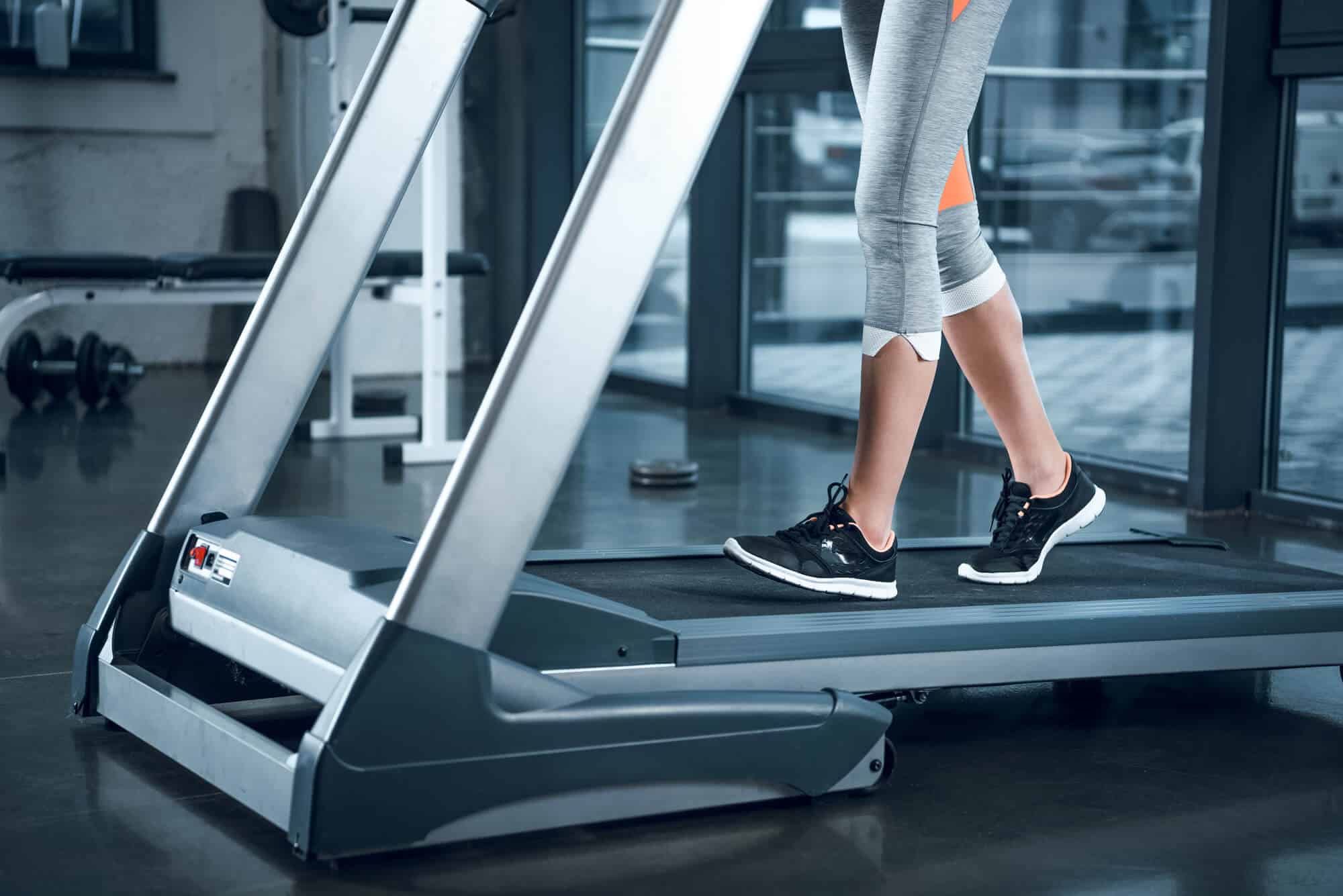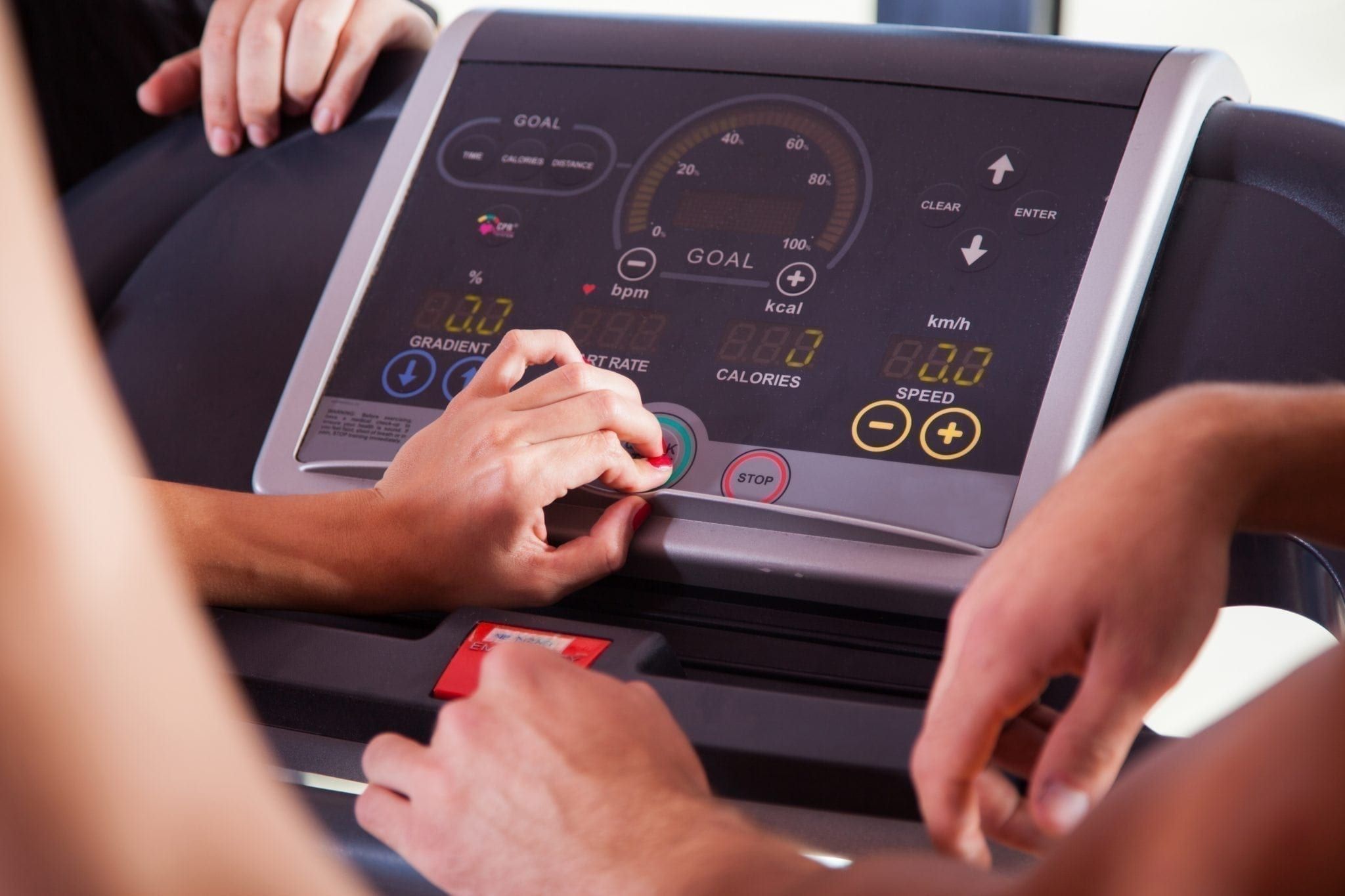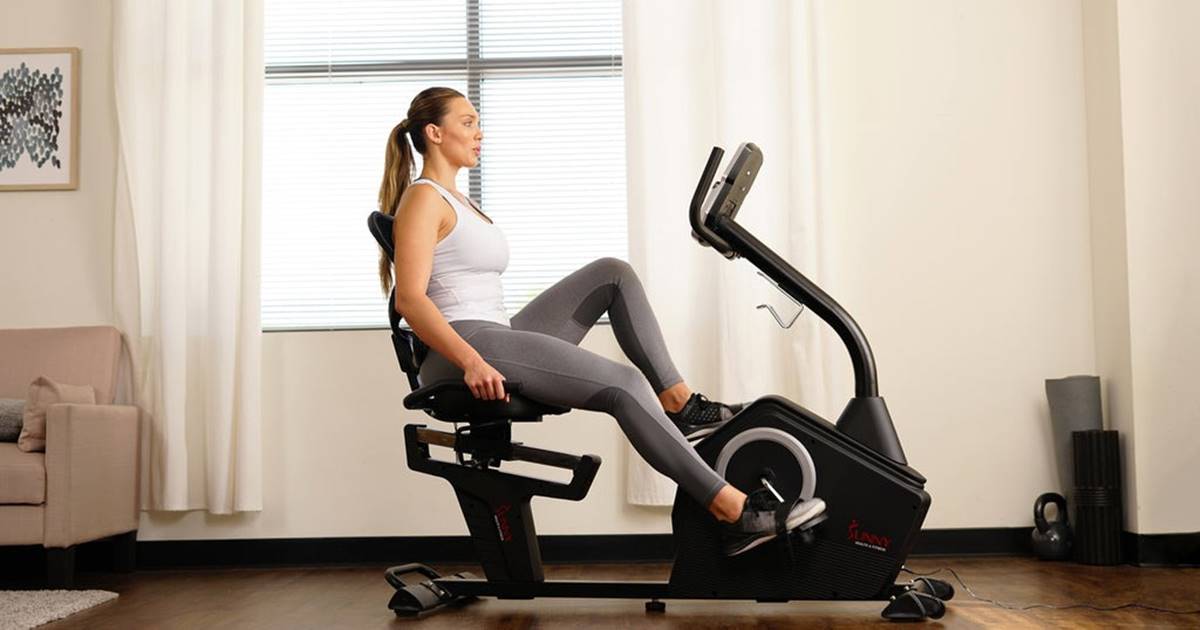Home>Misc>Featured>How To Calculate Calories Burned In A Workout
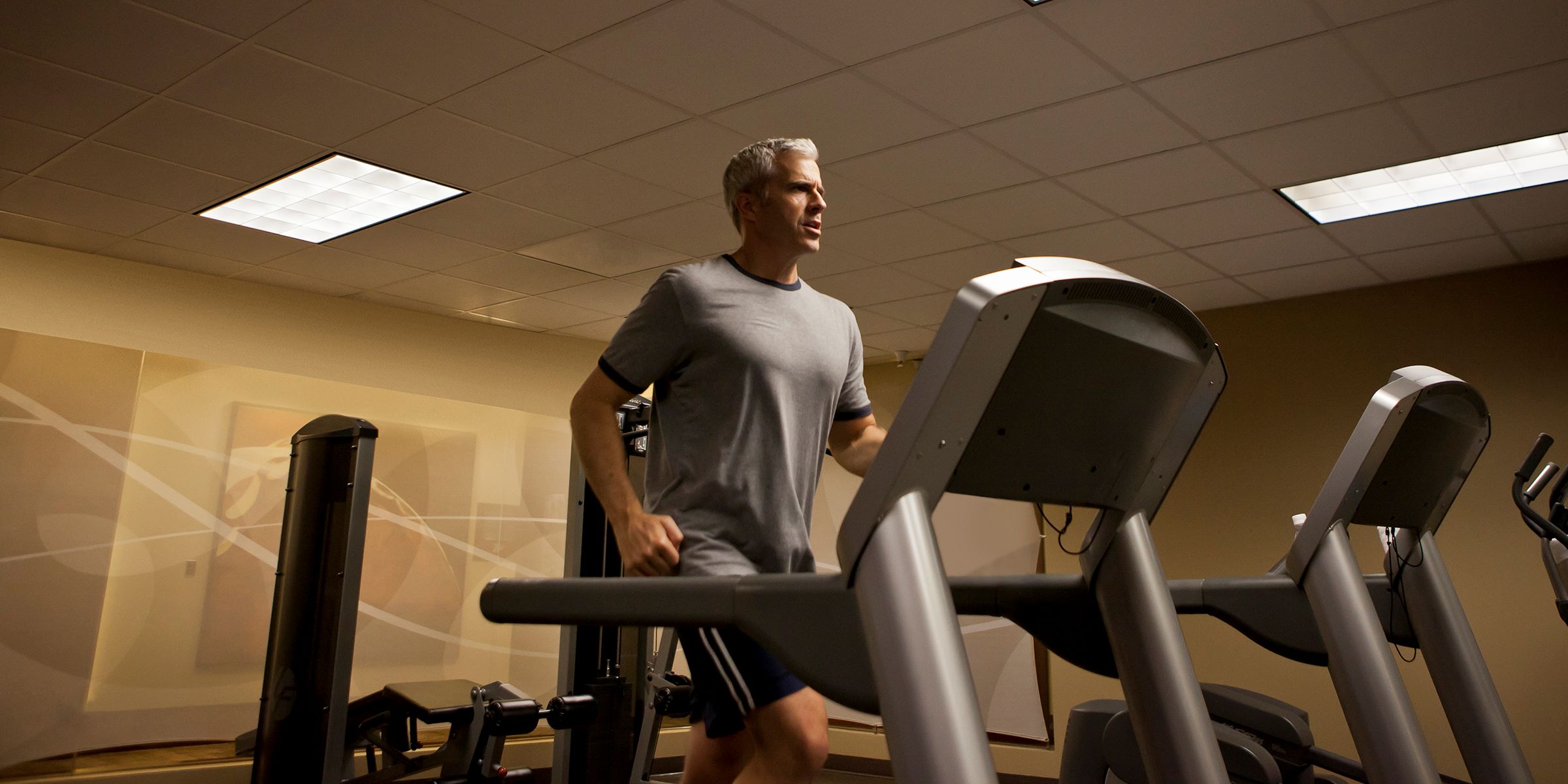

Featured
How To Calculate Calories Burned In A Workout
Modified: January 2, 2024
Learn how to calculate the calories burned during your workouts! Discover the best methods to track and monitor your fitness progress. Featured in-depth guide on calorie counting.
Introduction
When it comes to fitness and weight management, understanding the number of calories burned during a workout is essential. Whether you’re a seasoned athlete or just starting your fitness journey, knowing how many calories you’re burning can help you make informed decisions about your workouts and create an effective exercise routine.
Calories burned in a workout refer to the amount of energy expended during physical activity. This energy expenditure is measured in units known as calories, which represent the fuel required by our bodies to perform various tasks and functions. By calculating the calories burned, you can gain insights into the intensity and effectiveness of your workouts.
The process of calculating calories burned in a workout is not an exact science, as several factors come into play. However, there are various methods and tools available that can provide a close estimate. In this article, we will explore these methods and help you better understand how to calculate calories burned during your workouts.
By accurately tracking your calorie burn, you can optimize your fitness routine and achieve your health goals. Whether you’re looking to lose weight, maintain your current weight, or improve your athletic performance, knowing your calorie burn can guide you in making necessary adjustments to your exercise regimen and nutritional intake.
So, if you’re ready to learn more about how to calculate calories burned in a workout, let’s dive in and explore the intricacies of this fascinating topic.
Understanding Calories Burned in a Workout
Before we delve into the methods of calculating calories burned in a workout, it’s crucial to understand the basics of how our bodies burn calories during physical activity. When we exercise, our muscles require energy to perform movements, and this energy comes from the calories stored in our bodies.
The number of calories burned during a workout depends on various factors, including the type and intensity of the exercise, the duration of the activity, and our individual metabolic rate. The more intense the workout, the more calories we burn. For example, high-intensity exercises like running or HIIT workouts burn more calories compared to low-intensity activities such as walking or gentle stretching.
Additionally, the duration of the workout plays a role in the total calorie burn. Longer workouts typically result in a higher calorie expenditure compared to shorter ones. However, it’s important to note that the intensity of the exercise also affects calorie burn. A shorter, high-intensity workout can potentially burn more calories than a longer, low-intensity workout.
Our individual metabolic rate, known as the Basal Metabolic Rate (BMR), also influences the number of calories burned during a workout. BMR represents the energy our bodies require to maintain basic functions like breathing, digestion, and organ function while at rest. Each person has a unique BMR, which is influenced by factors such as age, gender, weight, height, and genetics.
In addition to BMR, other factors that impact calorie burn include body composition, muscle mass, and fitness level. People with higher muscle mass tend to burn more calories as muscles require more energy to function. Similarly, individuals with a higher fitness level tend to have a higher metabolic rate and, therefore, burn more calories during workouts.
Understanding these essential components of calorie burn will help you comprehend the various methods and tools used to calculate calories burned in a workout. With this knowledge as a foundation, let’s explore the different approaches you can utilize to estimate your calorie expenditure during exercise.
Factors Affecting Calorie Burn
Several key factors influence the number of calories burned during a workout. By understanding these factors, you can gain insights into how your body responds to exercise and make informed decisions about your fitness routine. Let’s take a closer look at the main factors that affect calorie burn:
- Type of exercise: Different types of exercises engage different muscle groups and require varying levels of energy expenditure. For example, cardiovascular exercises like running, cycling, or swimming generally burn more calories compared to strength training exercises like weightlifting.
- Intensity level: The intensity at which you perform the exercise plays a significant role in calorie burn. Higher-intensity workouts that elevate your heart rate and make you break a sweat generally result in higher calorie expenditure compared to low-intensity exercises.
- Body weight: Your body weight influences the number of calories burned during a workout. Generally, the more you weigh, the more calories you burn because it requires more energy to move a heavier body.
- Duration of exercise: The length of time you spend exercising also affects calorie burn. Longer workouts typically burn more calories compared to shorter ones, although the intensity level of the exercise should also be taken into consideration.
- Muscle mass: Having more muscle mass can increase your calorie burn. Muscles are metabolically active tissues that require more energy, even at rest. By incorporating strength training exercises into your routine, you can build and maintain muscle, which can help boost your metabolism and calorie burn.
- Individual fitness level: Your overall fitness level can impact the number of calories burned during a workout. As your fitness level improves, your body becomes more efficient at utilizing energy, leading to a higher calorie burn during exercise.
- Age and gender: Age and gender can also affect calorie burn. Generally, younger individuals tend to have a higher metabolism and burn more calories. Men often have a higher muscle mass and, therefore, may burn more calories compared to women.
It’s important to note that these factors interact with each other, and the impact on calorie burn may vary from person to person. While you can’t control all these factors, understanding their influence can help you tailor your workouts to maximize calorie burn and achieve your fitness goals.
The Basal Metabolic Rate (BMR)
When it comes to understanding calorie burn, the Basal Metabolic Rate (BMR) is a crucial aspect to consider. BMR refers to the amount of energy your body needs to perform essential functions while at rest. These functions include breathing, circulating blood, regulating body temperature, and maintaining organ function.
Your BMR accounts for a significant portion of your daily calorie burn, even without engaging in any physical activity. Several factors influence your BMR, including age, gender, weight, height, and body composition. In general, men tend to have a higher BMR compared to women due to differences in muscle mass. Additionally, as we age, our BMR tends to decrease.
There are various formulas available to estimate your BMR, such as the Harris-Benedict equation or the Mifflin-St. Jeor equation. These formulas take into account your age, gender, weight, and height to provide an estimate of your daily calorie needs at rest. However, it’s important to note that these formulas provide a rough estimate, and individual variations may exist.
Calculating your BMR can serve as a valuable starting point for understanding your overall calorie needs and creating an effective weight management plan. By knowing your BMR, you can customize your nutrition and exercise regimen to meet your specific goals, whether it’s weight loss, weight maintenance, or muscle gain.
Keep in mind that your BMR is just one aspect of the energy expenditure equation and does not take into account the calories burned during physical activity. To get a more accurate estimate of your total calorie burn, you need to factor in the calories burned through exercise on top of your BMR.
It’s worth noting that while BMR provides valuable insights, it should not be solely relied upon when determining your calorie needs. Other factors, such as your level of physical activity, must be considered to attain a comprehensive understanding of your total daily energy expenditure.
Different Methods to Calculate Calories Burned
There are several methods you can use to estimate the number of calories burned during a workout. Each method has its own advantages and limitations, and combining multiple methods can provide a more accurate estimation. Let’s explore some common methods used to calculate calorie burn:
- The METs (Metabolic Equivalent of Task) Method: The METs method is a widely used approach that estimates calorie burn based on the intensity of an activity. METs represent the amount of oxygen consumed by the body during an activity compared to the oxygen consumption at rest. Each activity is assigned a MET value, and multiplying this value by your weight in kilograms and the duration of the activity in minutes gives you an estimate of the calories burned. While this method provides a rough estimate, it may not account for individual differences in fitness level and body composition.
- Heart Rate Monitoring: Heart rate monitoring is another popular method to estimate calorie burn. By wearing a heart rate monitor during your workout, you can track the intensity of your exercise based on your heart rate. Many fitness trackers and wearable devices have built-in algorithms that use heart rate data, along with other variables like age and weight, to provide an estimate of calorie burn. However, this method relies on accurate heart rate measurements and may not capture the full picture of calorie expenditure.
- Using Fitness Trackers and Wearable Devices: Fitness trackers and wearable devices, such as smartwatches and fitness bands, have become increasingly popular for tracking workouts and estimating calorie burn. These devices use a combination of sensors and algorithms to measure your movements, heart rate, and other variables. They then provide real-time data on your calorie burn during exercise. While these devices can be convenient, it’s important to note that their accuracy may vary, and they should be used as a general guide rather than precise measurements.
- Calorie Calculators: Online calorie calculators are available that allow you to input information such as your age, gender, weight, activity level, and duration of exercise to estimate calorie burn. These calculators use predetermined formulas and data to provide an approximate calorie expenditure. While they can give you a rough idea, they may not take into account individual factors that might affect calorie burn.
It’s important to keep in mind that all these methods provide estimates, and there may be variations between individuals. Factors such as fitness level, body composition, and muscle mass can influence calorie burn. Nonetheless, utilizing these methods can be useful for tracking and monitoring your progress, making adjustments to your workouts, and setting realistic goals.
The METs (Metabolic Equivalent of Task) Method
The METs (Metabolic Equivalent of Task) method is a commonly used approach to estimate the number of calories burned during physical activity. It assigns a MET value to different activities based on their intensity level. One MET is equal to the amount of energy expended while at rest, which is approximately 1 calorie per kilogram of body weight per hour.
By multiplying the MET value of an activity by your body weight in kilograms and the duration of the activity in hours, you can estimate the calories burned. For example, if you weigh 70 kilograms and engage in an activity with a MET value of 4 for 30 minutes, the calculation would be: 4 METs x 70 kg x 0.5 hours = 140 calories burned.
The METs method provides a general estimate of calorie burn based on the intensity of the activity. The higher the MET value, the more calories you are likely to burn. Activities with low intensity, such as leisurely walking, have lower MET values (around 2-3), while high-intensity exercises like running or intense cardio workouts can have MET values of 8 or higher.
It’s important to note that the METs method is a standardized system and does not account for individual differences in fitness level or body composition. Additionally, the accuracy of MET values can vary, as they are based on averages and do not consider factors such as age, gender, or muscle mass.
While the METs method provides a useful starting point, it’s advisable to complement it with other tracking methods or devices for a more accurate estimate of calorie burn. Combining the METs method with heart rate monitoring or using fitness trackers can provide a more comprehensive understanding of your energy expenditure during workouts.
Keep in mind that the METs method is beneficial for comparing the intensity of different activities and can help guide your exercise choices. However, it’s essential to listen to your body and adapt your workout routine based on your individual fitness level and goals.
Heart Rate Monitoring
Heart rate monitoring is a popular method used to estimate calorie burn during a workout. It involves measuring your heart rate to gauge the intensity of your exercise and determine the calories burned based on this intensity level.
When you engage in physical activity, your heart rate increases to supply oxygen and nutrients to your muscles. The higher your heart rate, the more calories you are likely to burn. By monitoring your heart rate during exercise, you can get a better understanding of the intensity of your workout and estimate the corresponding calorie expenditure.
Heart rate monitors are devices that measure your heart rate in real-time. There are different types of heart rate monitors available, ranging from chest strap monitors to wrist-based monitors and even built-in heart rate sensors on fitness trackers and smartwatches.
To estimate calorie burn using heart rate monitoring, you need to know your maximum heart rate (MHR) and your resting heart rate (RHR). Subtracting your RHR from your MHR gives you your heart rate reserve (HRR), which represents the range between your resting and maximum heart rates.
Using this information, you can calculate the percentage of your HRR that you are working at during exercise. The higher the percentage, the higher the intensity, and the more calories you are likely to burn. You can then use formulas or online calculators that take into account your weight, duration of exercise, and the percentage of HRR to estimate your calorie burn.
While heart rate monitoring is a valuable tool for estimating calorie burn, it’s important to note that individual variations exist. Factors such as age, fitness level, and medications can affect heart rate response. Additionally, the accuracy of heart rate monitors can vary, and factors like sweat, movement, and external interference can impact readings.
Despite these considerations, heart rate monitoring provides valuable insights into the intensity of your workout and can help guide your training. It can also be a useful tool for tracking your progress over time, making adjustments to your exercise routine, and setting specific heart rate targets for different training zones.
By combining heart rate monitoring with other methods, such as the METs method or fitness trackers, you can gain a more comprehensive understanding of your calorie burn and make more informed decisions about your workouts and fitness goals.
Using Fitness Trackers and Wearable Devices
Fitness trackers and wearable devices have gained significant popularity in recent years and have become valuable tools for tracking workouts and estimating calorie burn. These devices utilize various sensors, such as accelerometers, heart rate monitors, and GPS, to gather data about your movements and physiological responses during exercise.
By wearing a fitness tracker or a wearable device like a smartwatch or fitness band, you can monitor key metrics such as steps taken, distance traveled, heart rate, and even sleep patterns. Many of these devices also offer built-in algorithms that use this data, along with other variables such as age, weight, and height, to estimate your calorie burn.
Fitness trackers and wearable devices provide real-time feedback on your calorie burn during workouts, making it easier to track and monitor your progress. They offer a level of convenience and accuracy that can be helpful for individuals looking to optimize their fitness routines.
One of the benefits of fitness trackers and wearable devices is their ability to track a wide range of activities. Whether you’re running, cycling, swimming, or participating in a fitness class, these devices can automatically detect and track the type of exercise you’re engaging in, providing tailored calorie burn estimates for each activity.
It’s important to note that the accuracy of fitness trackers and wearable devices can vary depending on the brand, model, and quality of sensors. Factors such as placement of the device, movement accuracy, and individual physiological differences can impact the accuracy of calorie burn estimates.
However, despite potential variations in accuracy, fitness trackers and wearable devices can still be valuable tools for tracking your workouts and providing overall trends and patterns. They can help you set goals, stay motivated, and monitor your progress over time.
Additionally, many fitness trackers and wearable devices offer companion mobile applications or online platforms where you can log your workouts, analyze past data, and set individual goals. This level of interaction and engagement further enhances the overall fitness tracking experience.
While fitness trackers and wearable devices can provide helpful estimations of calorie burn, it’s important to remember that they should be used as general guides rather than precise measurements. Combining the data from these devices with other methods, such as heart rate monitoring or the METs method, can offer a more comprehensive understanding of your calorie expenditure during exercise.
Tips for Accurate Calorie Calculation
Accurately calculating the number of calories burned during a workout can be challenging, but there are several tips and strategies you can follow to improve the accuracy of your estimations. Here are some helpful tips for achieving more accurate calorie calculations:
- Utilize multiple methods: Instead of relying solely on one method, consider using a combination of different methods, such as the METs method, heart rate monitoring, or fitness trackers. Each method has its own strengths and limitations, and incorporating multiple approaches can provide a more comprehensive picture of your calorie burn.
- Choose the appropriate intensity: Ensure that you accurately select the intensity level of your exercise when using tracking methods or devices. Inputting the correct intensity level helps in generating more accurate calorie burn estimations.
- Consider individual factors: Remember to account for individual factors that can impact calorie burn, such as age, gender, weight, and fitness level. Understand that these factors can vary from person to person and may affect your personal calorie expenditure.
- Pay attention to heart rate: If using heart rate monitoring, ensure that you properly wear the heart rate monitor and that it is securely fitted. It’s important to monitor your heart rate during different types of exercise and adjust your intensity accordingly.
- Update personal information: Keep your personal information, such as weight, age, and height, up to date in any tracking apps or devices you use. Your weight, in particular, can significantly influence calorie burn, so it’s essential to maintain accurate records.
- Regularly calibrate devices: If using fitness trackers or wearable devices, check for software updates and calibrate your device regularly. This ensures that your device is using the most accurate algorithms and provides the most precise measurements.
- Be consistent with your measurements: Consistency is key when tracking your workouts. Use the same method or device consistently to calculate your calorie burn rather than switching between different methods, as this can lead to inconsistencies and inaccurate comparisons.
- Listen to your body: Remember that any estimation or calculation is just an estimate. It’s important to listen to your body’s signals and adjust your workouts based on how you feel. If a particular exercise feels challenging and makes you work up a sweat, it’s likely burning more calories.
- Focus on overall energy balance: While tracking calorie burn can be useful, it’s crucial to remember that sustainable weight management is not solely dependent on exercise. Pay attention to your overall energy balance by considering your calorie intake alongside your calorie expenditure.
By following these tips, you can achieve more accurate estimations of calorie burn during your workouts. Remember that the most important aspect is consistency and using these methods as tools to guide and track your progress rather than relying solely on the numbers. The ultimate goal is to find a sustainable and balanced approach to exercise and nutrition that supports your overall health and wellbeing.
Conclusion
Calculating calories burned during a workout is a useful tool for optimizing your fitness routine and achieving your health and weight management goals. While it’s important to acknowledge that estimating calorie burn is not an exact science, there are various methods and tools available to provide a close approximation.
Understanding the factors that influence calorie burn, such as the type and intensity of exercise, body weight, duration, muscle mass, and individual fitness level, is essential for accurate calculations.
The METs method, heart rate monitoring, and fitness trackers offer different approaches to estimate calorie burn. It’s advisable to combine multiple methods to obtain a more comprehensive understanding of your energy expenditure.
By following tips for accurate calorie calculation, such as utilizing multiple methods, considering individual factors, maintaining consistency, and listening to your body, you can improve the accuracy of your estimations.
Remember that calorie calculation is just one tool in your fitness journey. It’s important to focus on overall energy balance and prioritize your overall health and wellbeing. Use the information gathered from calorie calculations as a guide to make informed decisions about your exercise routine and nutritional intake.
Whether your goal is weight loss, weight maintenance, or improving athletic performance, understanding your calorie burn during workouts can help you make adjustments and achieve optimal results. With the right approach and a comprehensive understanding of calorie calculation methods, you can navigate your fitness journey with confidence and maximize your progress.
